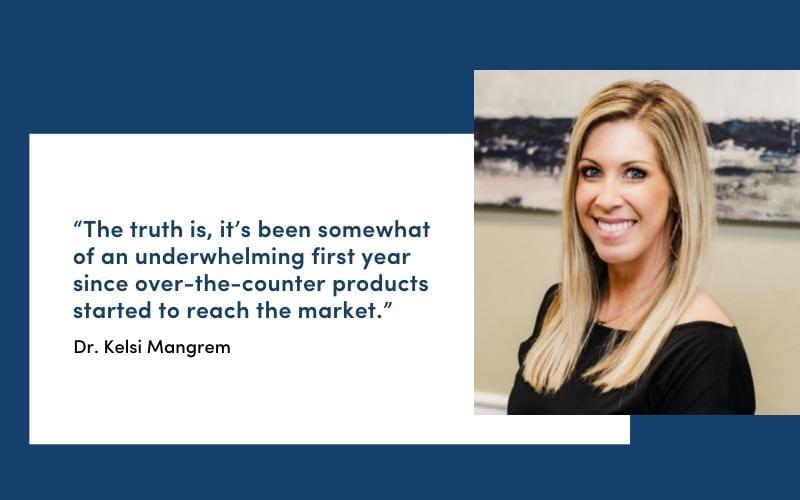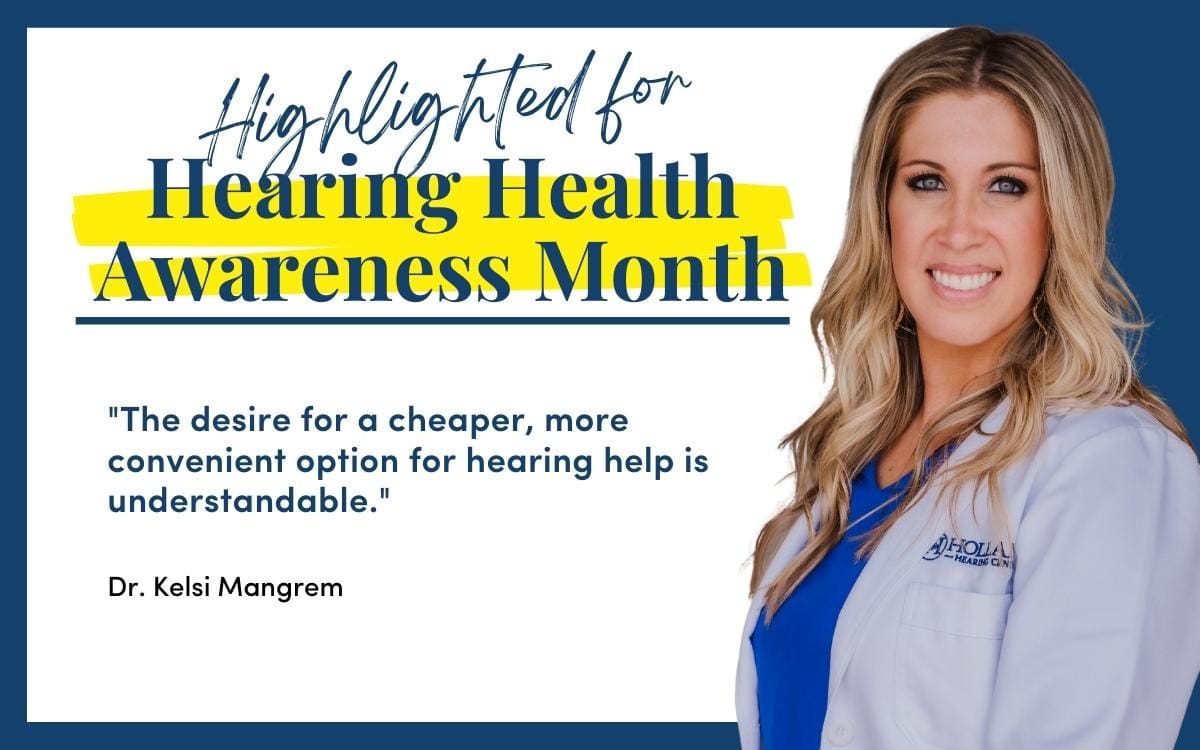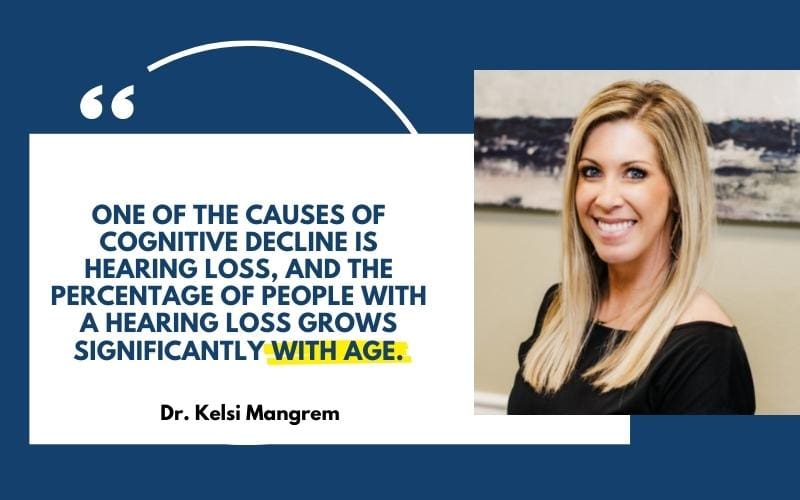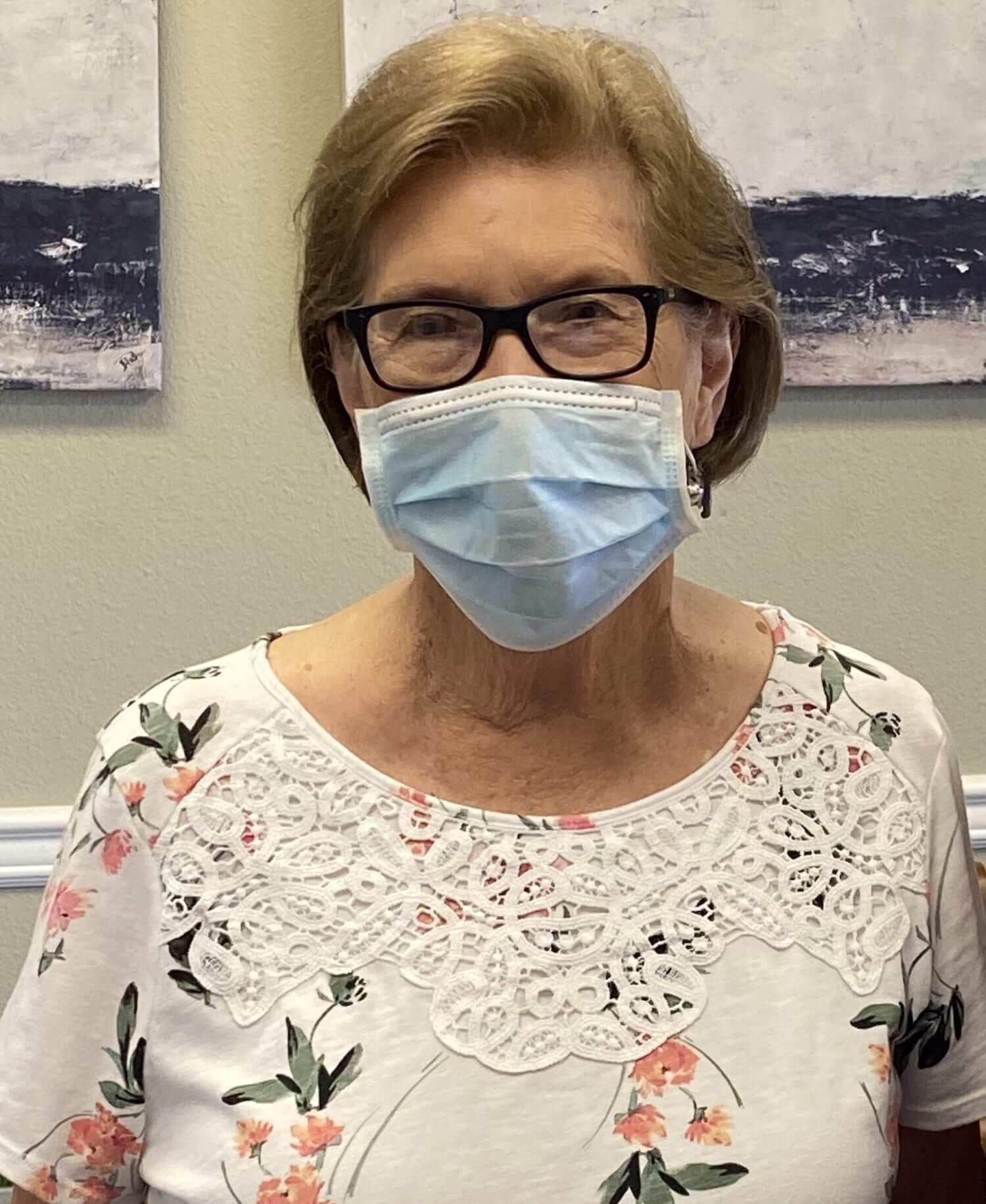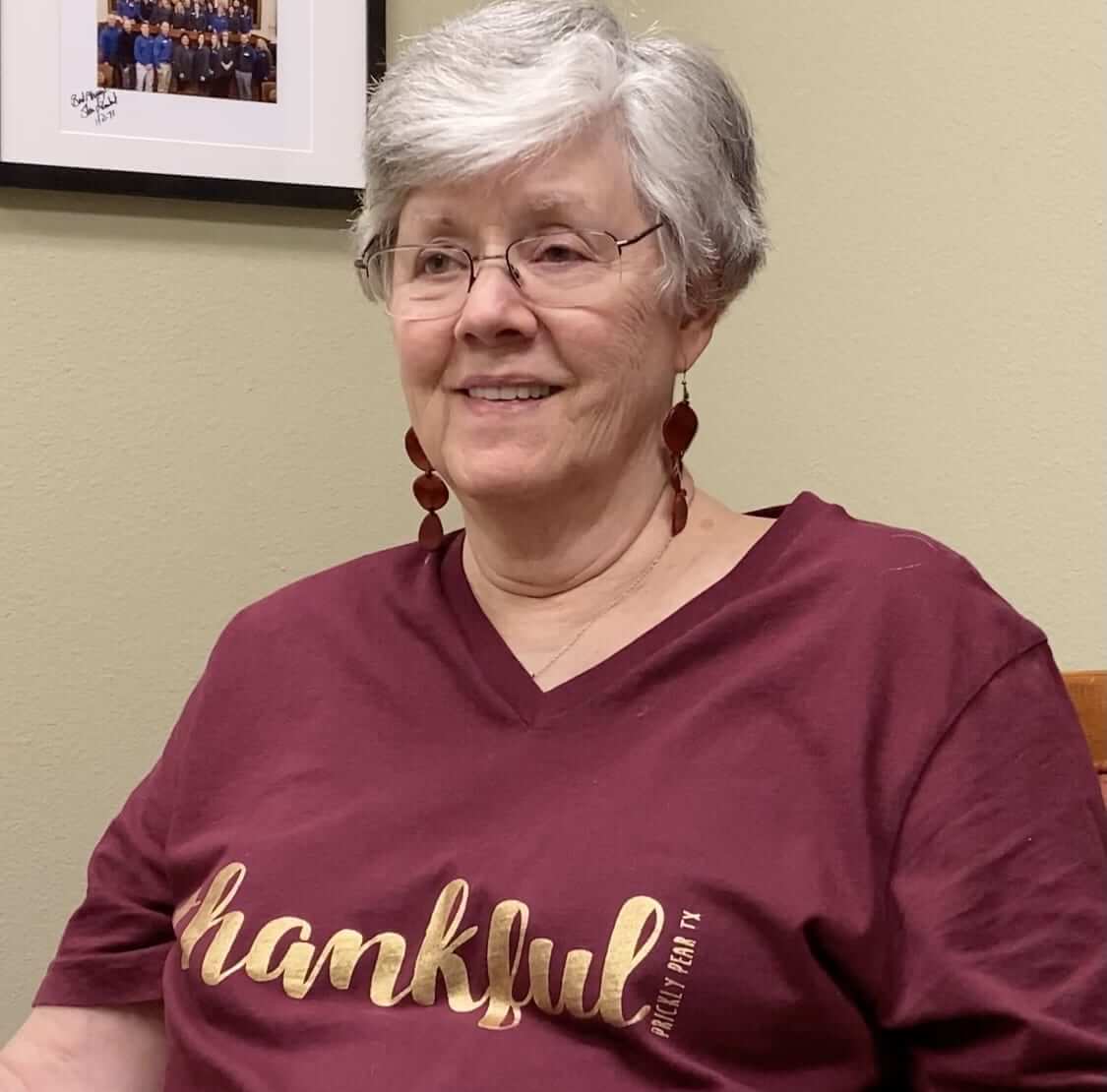When the Jabra Enhance Plus was launched on February 25th 2022, it made history as one of the first over-the-counter hearing devices that actively encouraged people to visit a hearing care professional ahead of purchase.
This was the opposite stance to their main competitor, Bose – who had launched the Bose SoundControl in May 2021, making it publicly available through their website for purchase. A decision that later turned out to be a poor choice with Bose announcing that they are closing their health department and ceasing sales of their over-the-counter hearing devices on May 4th, 2022.
The truth is, it’s been somewhat of an underwhelming first year since over-the-counter products started to reach the market. Although the final guidelines have been woefully delayed are yet to be published, it has been a small wave compared to the tsunami that many industry experts were predicting.
Therefore, the key question that we often ask ourselves is whether the low-impact of over-the-counter is a result of:
- Products that have not delivered on their promises
- The White House incorrectly predicted that cost is the main factor that is preventing millions of Americans from addressing their hearing challenges.
To attempt to answer this question, we decided to conduct two experiments…
- We invited two people to wear both the Jabra Enhance Plus AND entry-level prescription hearing devices for several days each before comparing the differences and documenting their experience.
- We would invite four other people to ONLY trial the Jabra Enhance Plus to document their experience.
The objective was to see if comparing the Jabra Enhance Plus to real prescription hearing technology would change their opinions on over-the-counter devices, and if the people that only trialed over-the-counter devices would score them higher on average.
The experiment was set to teach us some big lessons, and it did not disappoint.
Experiment #1 – Jabra Enhance Plus vs. Prescription Hearing Devices.
We invited two people towards this experiment that had previously had their hearing tested where a hearing loss was discovered but decided that they were not ready to begin treatment
Mr. Koper and Mr. Davison attended an appointment where they were fitted with both the Jabra Enhance Plus, and the ReSound Key (a prescription hearing aid).
They were sent to trial them both for 14 days and return to share their experience.
Mr. Koper was the first person to share his feedback following the trial of wearing both the Jabra Enhance Plus and entry-level hearing technology (being the ReSound Key).
The biggest difference that he noticed was the size of the device.The prescription hearing aids sat obscurely behind his ear, compared to the Jabra Enhance Plus sitting in his ear.
He shared how he preferred the prescription hearing aid as it was easier to put in and take out of his ear as required, and the sound quality made it sound much more natural,whereas the Jabra sounded like he “was sitting next to a stereo”
Mr. Davison shared the thing that surprised him most about the prescription hearing aids was how comfortable and invisible they were (especially compared to the Jabra).
The biggest difference between the two was the occlusion.
With the Jabra devices, Mr. Davison found this very challenging and shared that it made him not want to wear them as he could hear everything including his own heartbeat. Whereas with the Resound devices, he had no occlusion which resulted in him wanting to wear them all day.
He shared that he found the Resound most helpful with television, meetings and even useful in noisy restaurants.
He believes people with a mild-to-moderate hearing should choose the prescription hearing device solution (the ReSound) and the Jabra would only be a choice for people with a mild hearing challenge for situational use.
Experiment #2 – Jabra Enhance Plus Trial
Four people were invited towards a trial of the Jabra Enhance Plus, with no mention of prescription hearing technology.
They had all previously showed an interest in over-the-counter hearing devices in conversations with us, or had shared that they had hearing challenges but had no interest in becoming prescription hearing aid wearers.
They were introduced to the Enhance Plus and asked to return seven days later to share their feedback.
Here’s what they had to say.
They also completed a questionnaire with their key feedback being:
Curtis found them to be very comfortable in his ear and product good sound quality when listening to music/phone calls. He shared how they work great as he wears glasses, and the in-ear style means that they don’t sit behind his ear or cause any challenges. He rated them as a 8/10.
Cindi found the experience very frustrating. She was baffled that a company such as Jabra would only make the devices sync to Apple devices, and ignore the 53% of all cell phone users that don’t have an Apple device. The Enhance Plus didn’t sync with her Android phone which meant that the Enhance Plus devices were always “on” or “off”. She shared that she would not recommend, and rated them a 2/10
Daniel enjoyed the convenience of the Enhance Plus devices for talking on the phone or streaming audio from his cell phone to his earbuds. He also found they helped in restaurants and louder environments. He did find that they made his ears feel full or blocked like an ear infection, but shared that he got used to that. He rated them 8/10 and would recommend them.
Ronnie rated them a 7/10 and shared that he was impressed with the connectivity to his iPhone although he was alarmed at first. He experienced the biggest difference when in meetings during work and believes these are a good option or people that prefer listen to music via their phone.
It was a real mix of feedback. Cindi was very frustrated that they only synced with Apple devices, but the three gentlemen rated them highly with the most notable feature being the ability to sync music/audio from their phone to their earbuds.
The one small observation that we made during these trials was that the ability to stream music/phone calls from a phone to earbuds was a new discovery to these people, and not something they had done before. It did make us question whether they were aware that you can buy $50 earbuds that offer similar functionality.
Key Lessons from These Experiments
These two experiments allowed us to fairly determine if the comparison to prescription hearing aids changed the way people view over-the-counter devices, and the overwhelming feedback was that it does.
When solely trialing the Jabra Enhance Plus, three of the four people shared that they were very impressed. However, when comparing the Enhance Plus to prescription hearing aids, both the people in this trial shared how frustrated they were with the over-the-counter device compared to the ReSound Key devices.
This experiment further reinforces how much of a difference there is between over-the-counter solutions, and prescription hearing aid solutions.
To share the key take-away’s and lessons that we learned from this experiment, here’s the key observations from hearing instrument specialist, Collin Tate.
Our Recommendation to the People of Abilene, TX
If you’re looking for an affordable hearing care solution, we encourage you to trial both solutions.
With the Jabra Enhance Plus being $799 and the ReSound Key solution that was used in this experiment being $1899 with an accompanying care plan, the price difference isn’t as great as many people think, yet the difference in performance is immense.
If you have any questions, would like to trial both the Jabra Enhance Plus and prescription hearing technology, or would like to speak to our team, then click here to request a callback or call (325) 437-4730

